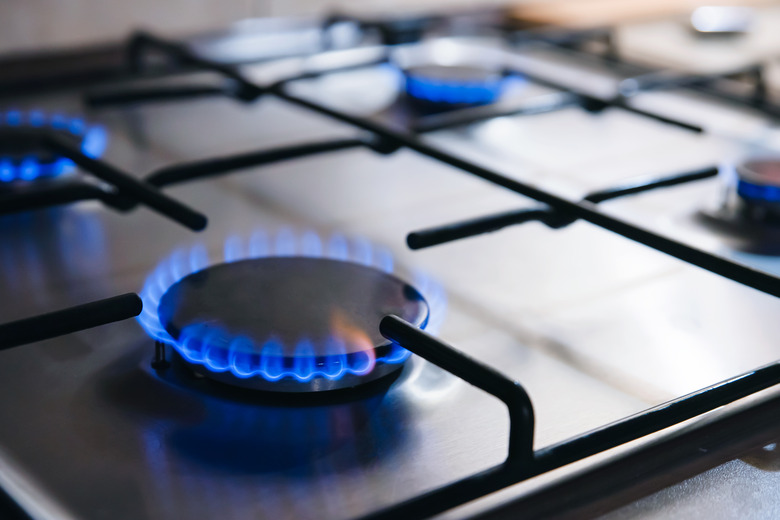Parts Of A Gas Stove & Their Functions
Gas stoves offer excellent cooking capabilities and superior control over the temperature settings. Many professional and home chefs prefer the features of gas stoves. As with any appliance, being familiar with the parts of a gas stove and what they do can help you to get better use out of it. In addition, familiarity with the stove will help you to stay safe during use.
Important Safety Considerations
Important Safety Considerations
Gas stoves present risks of gas leaks and, as with any stove, the risk of fires and burns. Be sure you know how to operate the stove before getting started. Never leave objects on the stove top when it is not in use and be sure the stove is clear before you begin cooking.
Keep children and pets away from your gas stove, even when it is not in use. One danger of gas stoves arises if a child or pet accidentally engages the on switch for the gas without your knowledge, which could cause a dangerous level of gas to enter the home.
Finally, since gas stoves may also connect to electricity to power control panels and other electronic functions, they should be unplugged before you attempt to troubleshoot or work with any parts of the stove.
Gas Stove Parts
Gas Stove Parts
The most apparent elements of a gas stove are in plain sight: the stove burners. Typically, there are four burners and sometimes a fifth warming area will also be included. These burners are raised above the stove's surface, and you can typically see when the gas is turned on by looking beneath the raised portion of the burner, since it will glow blue.
The on/off knobs or buttons are located on the back of the stove, usually on a panel perpendicular to the stove top. They may, however, be located in the center of the stove top, depending on the model you have. Refer to the parts of a stove diagram that accompanies your appliance for more information.
The control panel is another important aspect of the gas stove. This may or may not be where the on and off buttons are located. Here, you can also control the heat and the oven, if there is one attached to your stove top.
Other Stove Parts Names
Other Stove Parts Names
Inside your stove, or at least less visible, are several other parts that make your stove operate. Ace-Robbins explains that the pilot light is a continuously lit flame, always ready to ignite your gas stove top burners.
If you have an oven connected to your stove top, there is a thermostat located within the appliance that regulates the temperature inside. A copper tube extends from within the oven to the gas valve and allows the entry of additional gas as needed to change the temperature.
Gas valves are usually situated right next to each burner on your stove. These control the flow of gas to the burner and allow you to cook there. Flaming O Appliance explains that some gas valves are also located behind the control knobs. As the valve is opened or closed, more gas is allowed to reach the burners for cooking.
